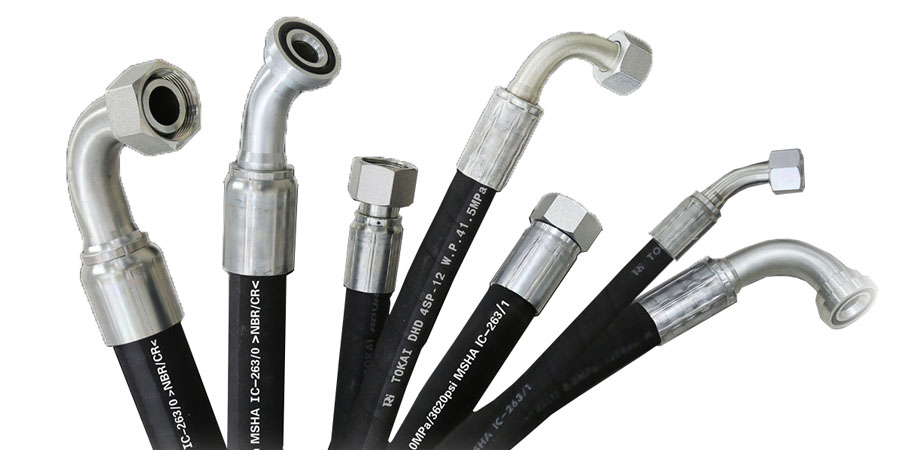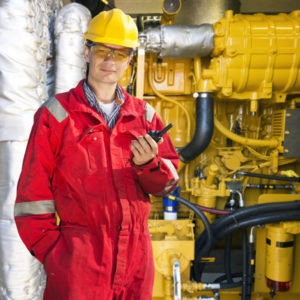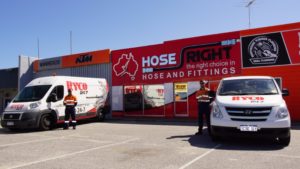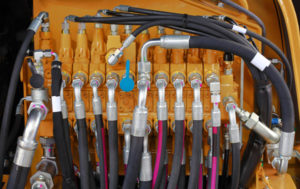We’ve all been there. How many times have you experienced, deep cuts, pressure spikes, extreme hose abrasion or kinking? A hydraulic hose has a finite life. By looking after it, it will consequently provide you with a greater service time. In terms of maintenance, it’s easy to overlook paying attention to maintenance until the worst occurs. Lack of hose maintenance can lead to various problems including:
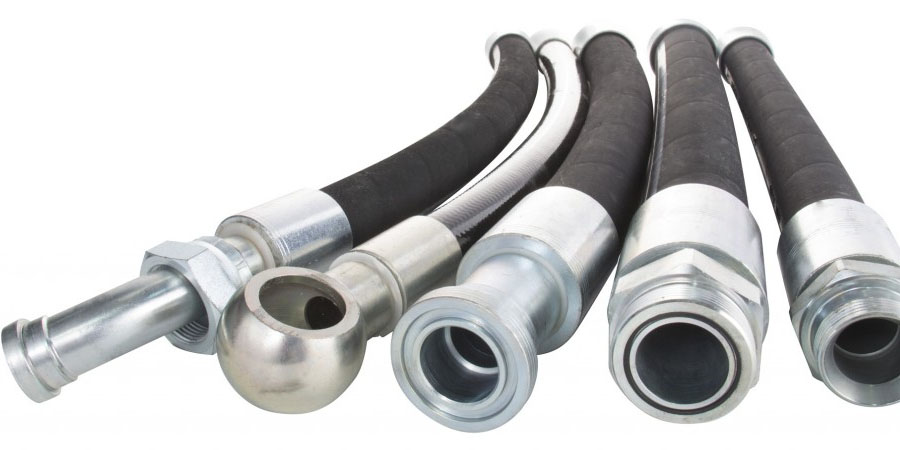
- Potential damage due to contaminants polluting the system
- Cleaning, disposing and replacing any lost hydraulic oil
- Damage to other integral components
- Downtime of machinery
- Potential loss of income
With the above in mind, what can be done to extend the life of your hose while keeping costs as low as possible?
Keep an Eye on Operating Conditions
Generally speaking, the day-to-day conditions your hose is exposed to determines its service life. High or low-temperature extremes accelerate the ageing process. Pressure fluctuations can also wreak havoc on a hydraulic hose. If you’re concerned about the operating conditions of your hose, it’s worth speaking to the experts in terms of your options.
External Damage
To minimize any external damage, carefully inspect your hose on a regular basis, ensuring all clamps are secured.
Bending
If a hydraulic hose is bent in more than one plane, the wire reinforcement twists. This can reduce the service life quite significantly. If you’re concerned about bending, be sure to check that your hose is assembled and routed well. Also, inspect any clamps where the hose may be subject to movement.
If you’re at a loss in terms of what to do about your hydraulic hose problem or you just need some advice, our friendly and professional team at Hoseright can help. Our many years of experience enable us to fully understand how all these issues occur. Additionally, we can help you to prevent any re occurrence in the future. Safety and longevity of parts is our goal. We understand that your business or project isn’t simply a 9-to-5 job. So, this is why we provide you with 24/7 support whenever you need us. Hoseright should be your go-to company for hose fittings Perth.
